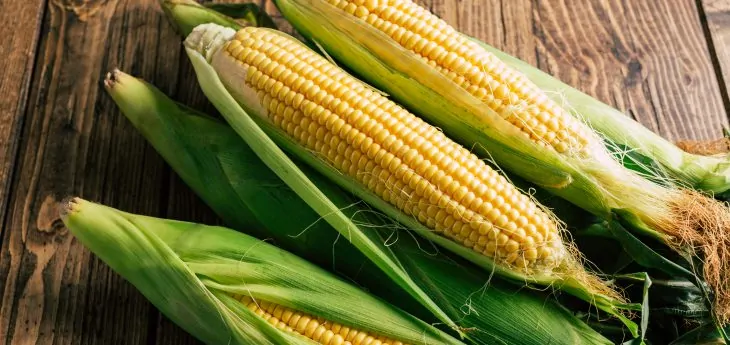
Corn is a delicious and nutritious staple food. It is the world’s most popular food crops along with rice and wheat. There could be a lot of corn variety throughout the world, but no matter what type of corn you pick, it is full of antioxidants. And that is almost double the number of antioxidants found in an apple. Find out what makes corn such a versatile food item in these corn facts!
- The corn’s scientific name is Zea mays.
- Some countries call the corn, “maize.”
- The word “maize” was originally Spanish.
- Maize came from the word “Mahiz” in the Arawak language of Haiti.
- Maize is a “New World” crop that was unknown in Europe.
- Christopher Columbus brought the corn to Europe after 1492.
- Corn was one of several crops that Columbus brought to Europe from the New World. In detail, he also brought there the cacao, potato, tomato, capsicum, peppers, cassava, pumpkins, and groundnuts.
- It is a cereal crop that is part of the grass family.
- An ear or cob of corn is part of the flower and an individual kernel is a seed.
- In the English language, the ear also is referred to as a “pole” or a “cob.”
- Approximately, a single-pole of corn has 800 kernels in 16 rows.
- 1 bushel of corn is equal to 8 gallons. A bushel is a unit of measure for volumes of dry commodities.
- Corn is a warm-season crop and it thrives under warm conditions.
- Corn was first domesticated by indigenous peoples in southern Mexico roughly 10,000 years ago.
- The leafy stalk of the corn produces pollen inflorescences and separate ovuliferous inflorescences which we call “ears.” Simultaneously, ears will yield kernels or seeds, which are its fruits.
- All corns always have an even number of rows on each cob.
- Except in Antarctica, corn is planted on every continent on earth.
- Today, there are over 3,000 different uses for corn products.
- Soft drinks beverages like Pepsi and Coke contain corn sweeteners.
- A bushel of corn can sweeten more than 350 cans of soft drinks.
Corn Facts Infographics

Most processed foods contain corn.
To name a few, those are cereals, potato chips, ice cream, baby food, peanut butter, mayonnaise, marshmallows, cooking oil, margarine, salad dressing, and chewing gum.
Corn is a staple food across the globe.
Corn has become the most common food consumed in many parts of the world and mostly the standard diet of the people. The production of corn even surpassed rice and wheat.
Humans don't directly consume most of the corn per se.
On the other hand, despite the huge production of corn, only a small portion goes directly to people. The large portion of corn is used for animal consumption, for corn ethanol, and other corn products such as corn oil, corn syrup, and corn starch.
Popcorn holds a certain amount of moisture and oil.
This variety is arguably the most popular type of corn along with sweet corn. Popcorn is a variety of corn kernel that expands and puffs up when they are heated. Every kernel of popcorn holds a certain amount of moisture and oil. One of the yummy corn facts for sure!
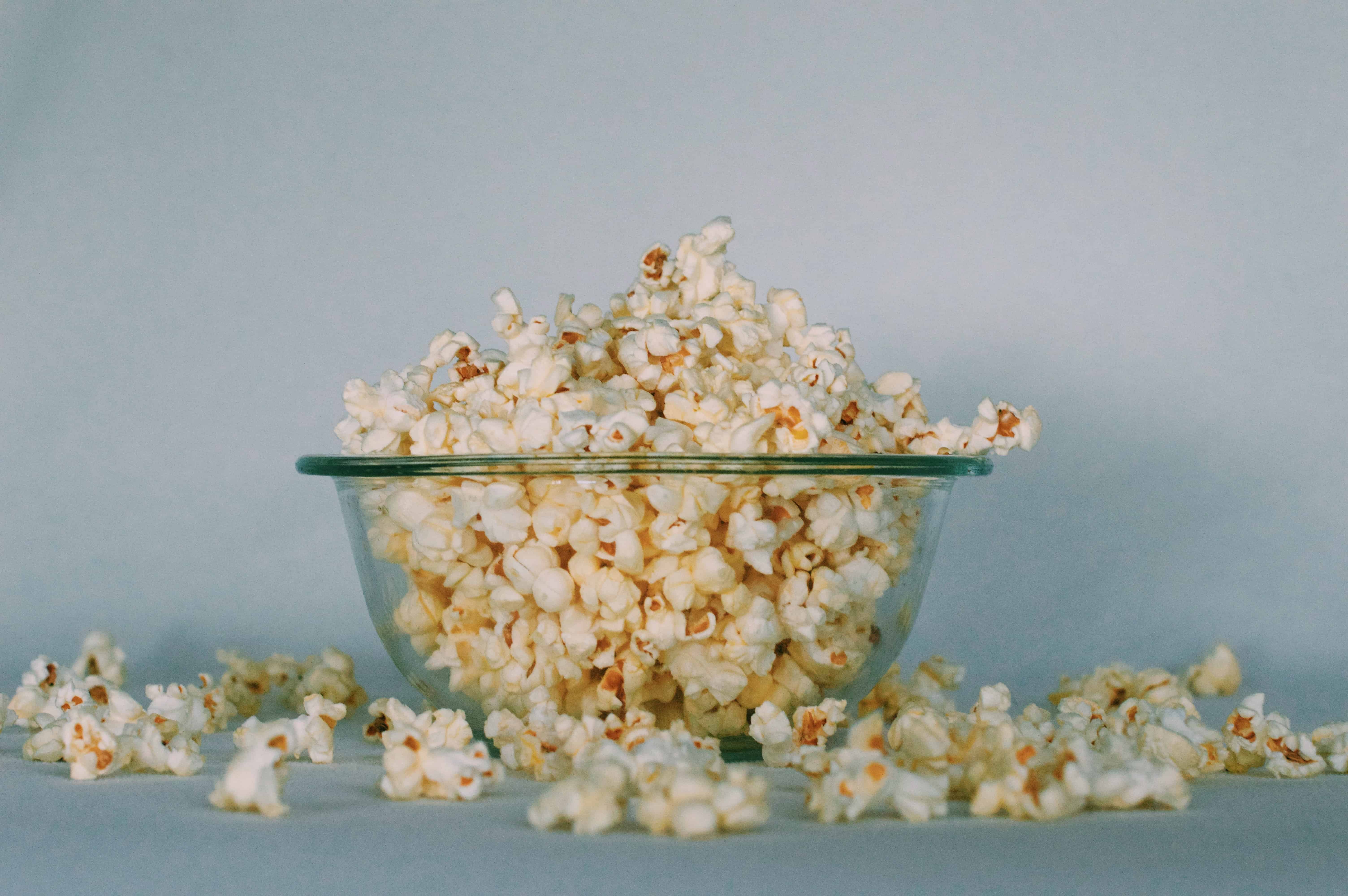
Corns have six major types of corn.
In detail, the six types are sweet corn, dent corn, pod corn, flour corn, flint corn, and popcorn.
Dent corn's name comes from the indentation of its kernel when ripe.
The dent corn got its name because it develops an indentation at the crown of each kernel when it’s ripe. Dent corn such as Reid’s yellow dent corn, white dent corn, and yellow dent corn are varieties of field corn that have high soft starch content.
Sweet corn is a low-starch corn variety.
Sweet corn or “sugar corn” is a variety of corn with high sugar content and has low starch. The sweetness of the corn is the effect of an inactive mutation in its genes that restrains the transformation of sugar to starch in the endosperm of the corn kernel.
Flint corns are a hard and colorful variety of corn.
Flint corns (also known as calico corn or Indian corn) have hard kernels that come with different kinds of colors. Each kernel has a hard exterior layer similar to a stone or flint and it protects the soft endosperm.
The unique appearance of the pod corn is due to a mutation.
Pod corn (also known as “wild corn”) isn’t a wild ancestor of corn. It is a mutation of corn that develops leaves that cover each kernel. The fine case that looks like a thin paper when dried makes the appearance of this corn variety very unique.
Flour corn's primary use is for cornmeal and cornflour.
This variety of corn has soft starchy endosperm. The soft starchy composition of this corn makes it easy to grind into finer cornmeal compare to other similar types. Moreover, flour corn one of the most commonly planted in the southwest region of the United States
There are many ways to use corn aside from being food.
The corn’s secondary products are found in various non-food items such as cosmetics, laundry detergent, soap, aspirin, antibiotics, rust preventatives, glue, paint, dyes, fireworks, shoe polish, ink, and plastic productions. Definitely some useful corn facts here!
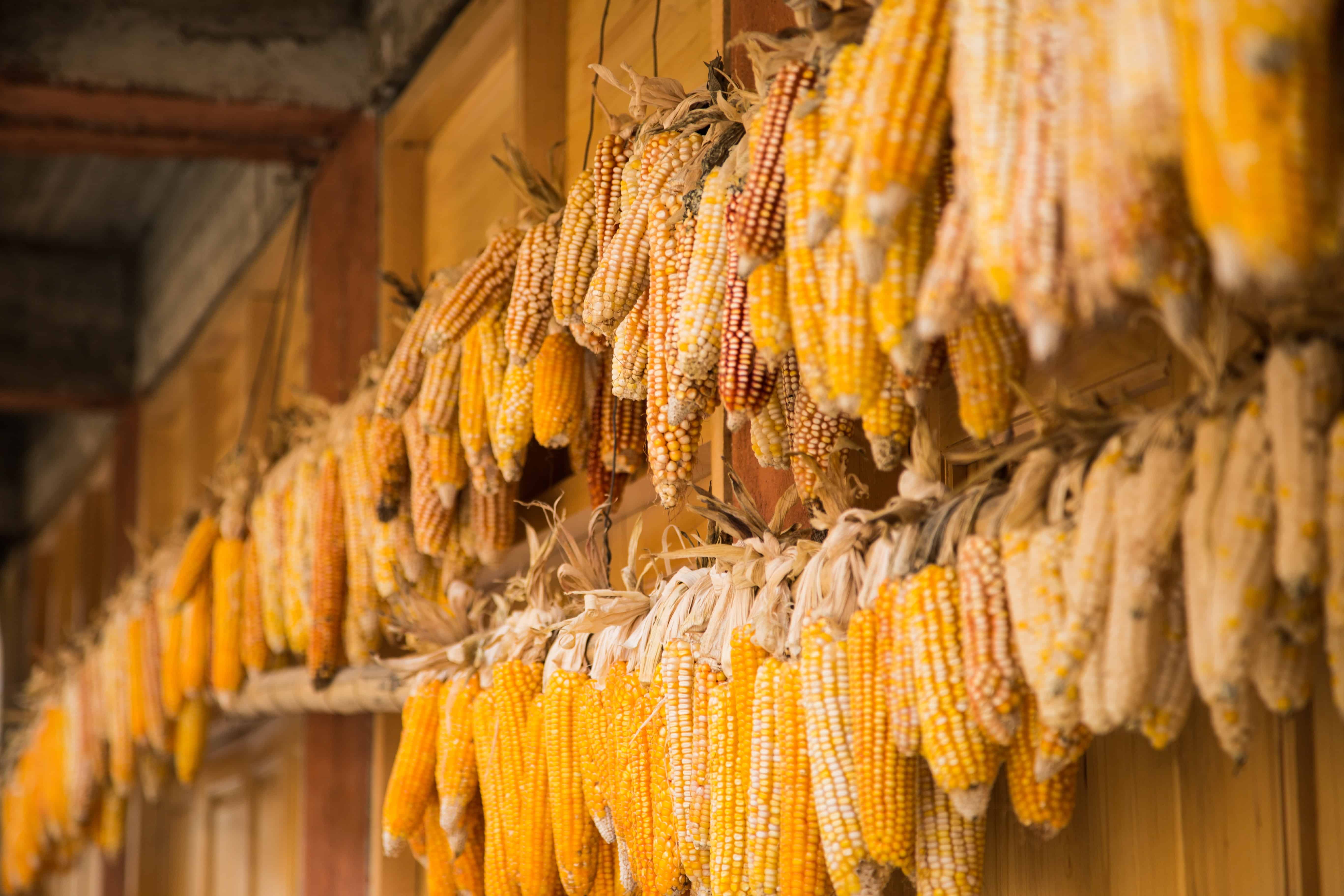
The United States is the leading corn producer in the world.
The United States is the world’s biggest producer and exporter of corn. In 2018-2019, the country produced more than 350 million metric tons of corn by using approximately 36 million hectares of land.
China, Brazil, Argentina, Ukraine, and India are the leading countries that produce corn after the U.S.
China is the second-biggest producer of corn. In 2018-2019, it produced around 257 million metric tons, and interestingly, almost all of it was consumed locally. Furthermore, the 3rd biggest producer is Brazil with 94.5 million metric tons, then Argentina with 46 million metric tons, followed by Ukraine and India with about 24 to 26 million metric tons each.
Iowa is the biggest producer of corn in the United States.
Although the state’s nickname is “The Hawkeye State,” it is also known as “The Corn State” since more than 85% of its land is dedicated to agriculture. The Corn State produced more than 2.5 billion bushels of corn in the year 2018.
Illinois almost matched the corn production of Iowa.
After Iowa, Illinois is the second biggest producer of corn in the United States with 2.2 billion bushels of corn in 2018. After Iowa and Illinois, Nebraska is on the 3rd place with 1.8 billion bushels. In the 4th to 10th place are Minnesota, Indiana, South Dakota, Kansas, Ohio, Wisconsin, and Missouri.
The Corn Belt region of the U.S. started planting corn since the 1850s.
The United States calls the states of Iowa, Illinois, Nebraska, Minnesota, Indiana, Ohio, Wisconsin, South Dakota, Michigan, Missouri, Kansas, and Kentucky as its “Corn Belt.” The Corn Belt region of the United has been mass-producing corn since the 1850s.
Japan led the world with the most spent on imported corn in 2019.
The top 5 countries that spent the most on imported corn during 2019 are Japan with $3.5 billion, followed by Mexico ($3.1 billion), South Korea ($2.4 billion), Spain ($2 billion), and Vietnam ($1.9 billion).
Japan uses its corn imports mostly for animal feeds.
Aside from human consumption, Japan uses its corn imports as animal feed and it comes in two types. The first type is concentrates (high in carbohydrates and protein) and the second is roughage (more fibrous contents). The country relies on imported corn for its agribusiness and purchasing more than 10 million tons of corn per year.
The shortages of corn in Japan are due to pest damages.
Pests such as the fall armyworm are devouring corn crops not just in Japan but also a problem of the world as a whole. According to Japan’s Ministry of Agriculture, the pest has spread to a total of 62 communities since mid-2019 and they are doing their best to control the situation.
There are many colors of corn.
The most common color of corn is yellow. However, there many other varieties of colors of corn such as white, green, purple, red, blackish, orange, brown, pink, cream, and bluish-gray.
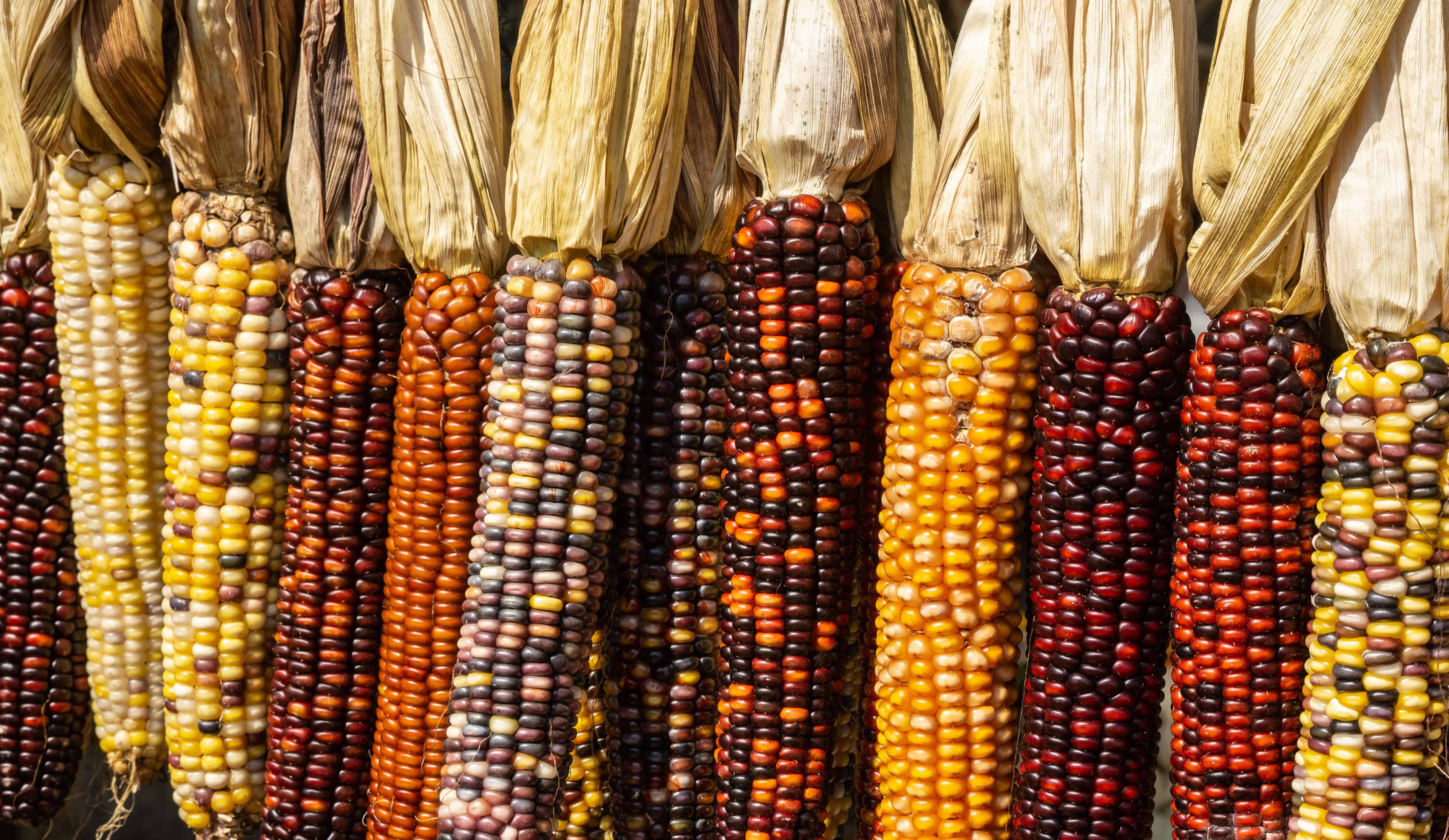
It provides a lot of carbohydrates.
Carbohydrates are the primary component of corn. The starch content of the corn is its main carb, comprising 28–80% of its dry weight. Furthermore, corn also provides little amounts of sugar which are around 1–3%. Read on for more corn nutrition facts!
Corn contains a moderate amount of fiber.
Although the corn’s fiber content may vary depending on its variety, in general, its fiber content is around 9–15% of the dry weight. For instance, the 112 grams of popcorn that can be bought in cinemas has approximately 16 grams of fiber.
Corn is a good source of protein.
Generally, the protein content corns range from 10–15%. The most abundant proteins in corn are known as zeins (a class of prolamine protein found in maize), accounting for 44–79% of the total protein content.
A cup of corn contains 177 calories.
A cup or 164 grams of sweet yellow corn contains 177 calories, 41 grams carbohydrates, 5.4 grams protein, 4.6 grams fiber, 2,1 grams fat. Furthermore, it also has vitamins such as vitamin C, thiamine, folate, magnesium, and potassium.
Corn is a vegetable, fruit, and grain.
Corn in a cob is a vegetable, however, the corn kernel alone is a grain. Another twist is that many grains including popcorn are regarded as fruit. This is because most grains come from flowers or seeds. In most parts of the world, corn is also seen in the nutrition chart as grain. Although, in the United States, corn is a vegetable.
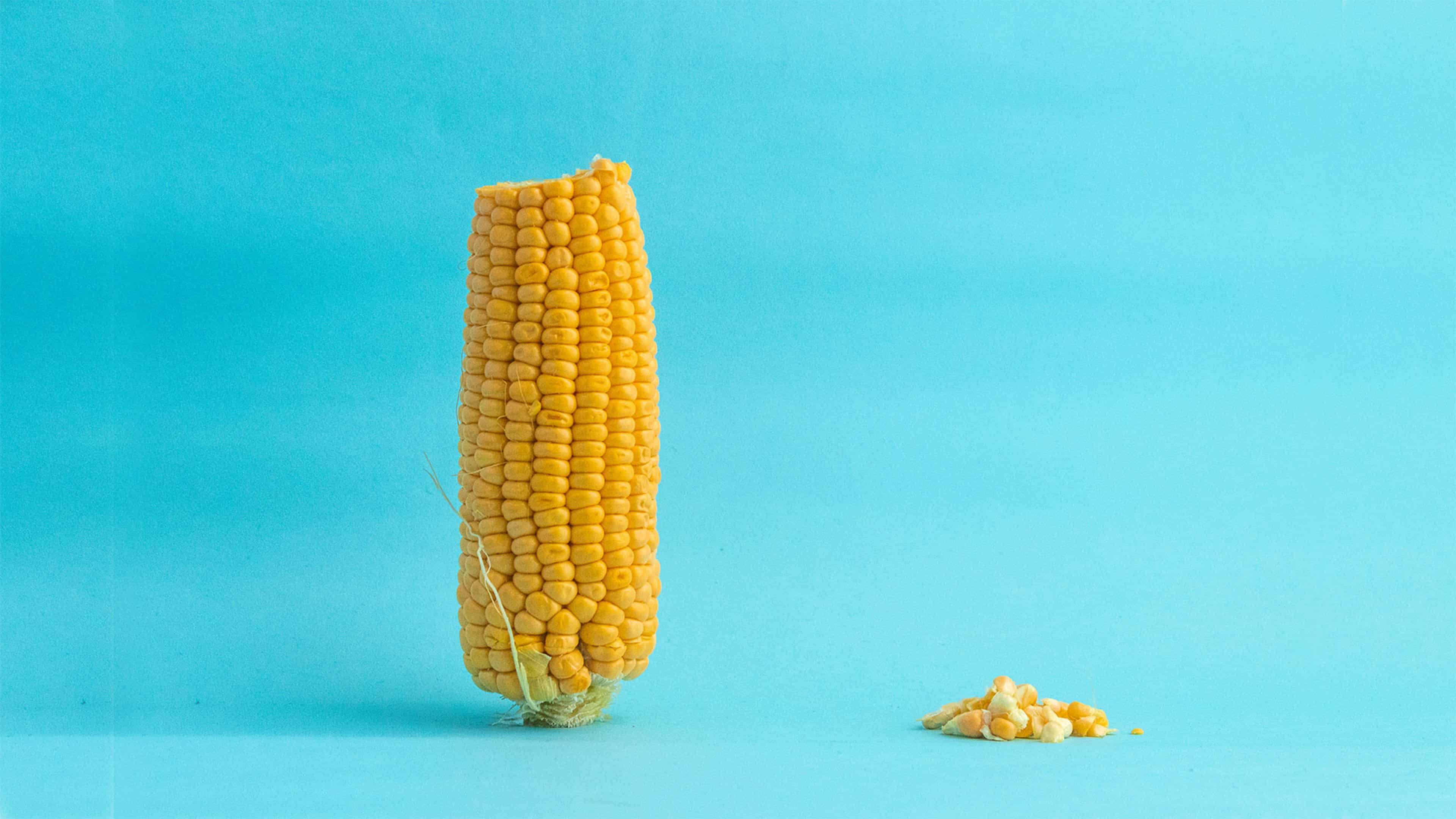
Corn stalks grow up to 10 feet tall.
The height of the corn stalks depends on its variety and the environment. However, the average, a corn plant measures between 6 up to 10 feet tall. Furthermore, its stem has the shape of a bamboo cane and is composed of 20 internodes of 7 inches length. Meanwhile, its leaf grows up to 4 inches in width and 4 feet in length.
Jason Karl planted the tallest sweetcorn.
According to Guinness World Records, the tallest sweetcorn stands at 10.74 meters or 35 feet and 2 inches tall. A guy named Jason Karl from Allegany, New York, United States has been growing corn since he was a teenager. The sweetcorn was measured on December 22, 2011, from a horizontal position at the bottom of the botanical shoot to the top of the tassel.
The early corn plants are small and can only have one corn per plant.
The early corn plants are very small. During those days, corn ears grew more or less an inch long and only one per plant. According to studies, it was the hybridization and crossbreeding of the American indigenous people that contributed to the capability of growing several corn cobs per plant.
Corns can take between 60 to 100 days to reach harvest.
In general, corns can take between 60 to 100 days to reach harvest depending on its variety and the volume of heat during the growing season. Furthermore, since corn is cold-intolerant, they are planted during the spring season in the temperate zones (places with four seasonal changes such as the United States).
Kernels, husk, stalk, silk, roots, and tassel are the major parts of the corn.
Here are some of the most important terms of the corn. Kernels (the plant’s seed and the part that is eaten), husk (the tightly-wrapped leaves that cover the ear of corn), stalk (the stem of a corn plant), silk (the long soft threads at the top of the ear of corn), tassel (the flower at the very top of the plant), and of course the roots which carry food and water to the corn plant when they are still planted.
Don’t forget to share these corn facts if you find them useful using the share buttons below!
Was this page helpful?
Our commitment to delivering trustworthy and engaging content is at the heart of what we do. Each fact on our site is contributed by real users like you, bringing a wealth of diverse insights and information. To ensure the highest standards of accuracy and reliability, our dedicated editors meticulously review each submission. This process guarantees that the facts we share are not only fascinating but also credible. Trust in our commitment to quality and authenticity as you explore and learn with us.
